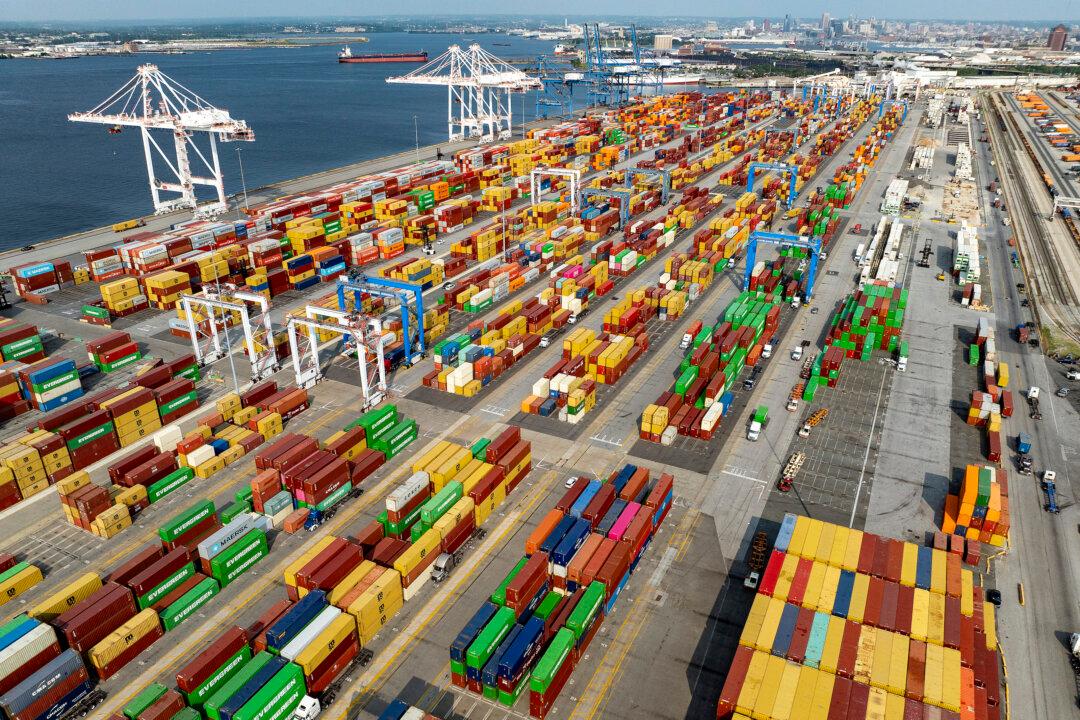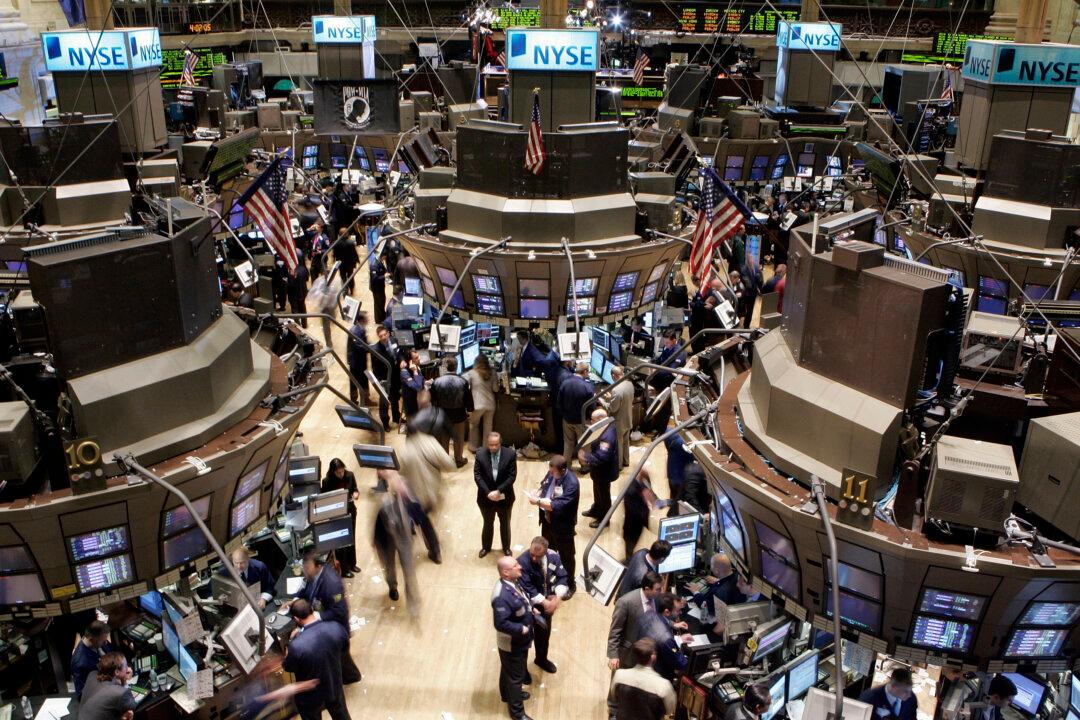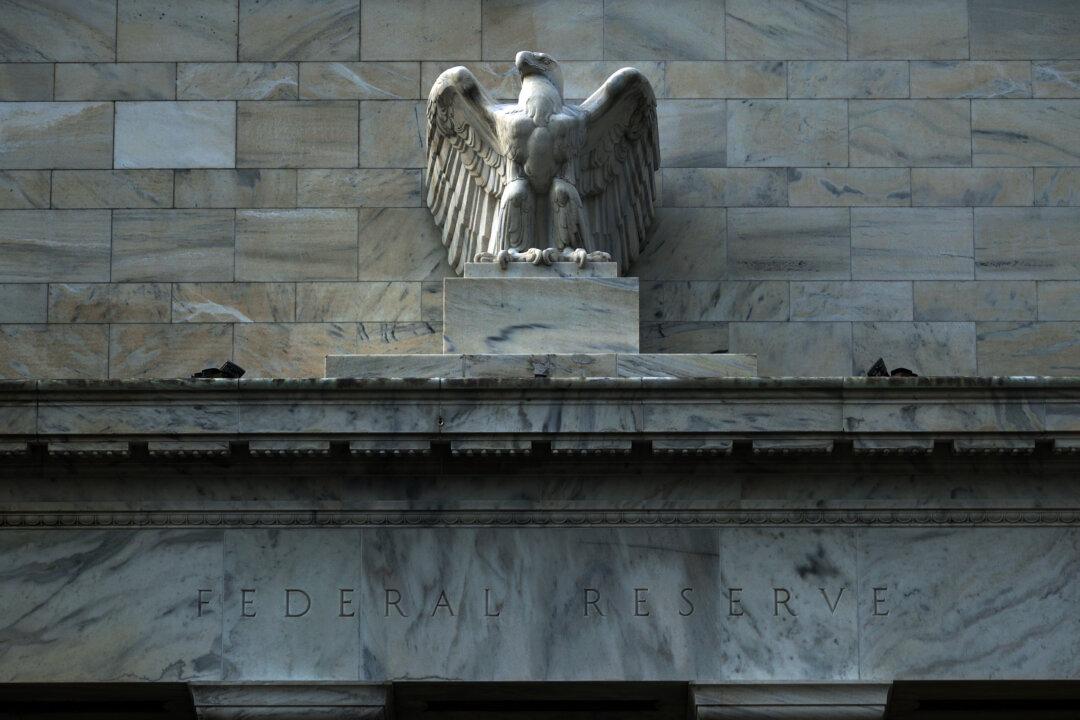Commentary
The constant financing of deficits in countries that perpetuate structural imbalances has not only not helped to strengthen growth, since the eurozone and the United States already suffered downgrades of estimates before the COVID-19 crisis, but is also driving inflation higher.





